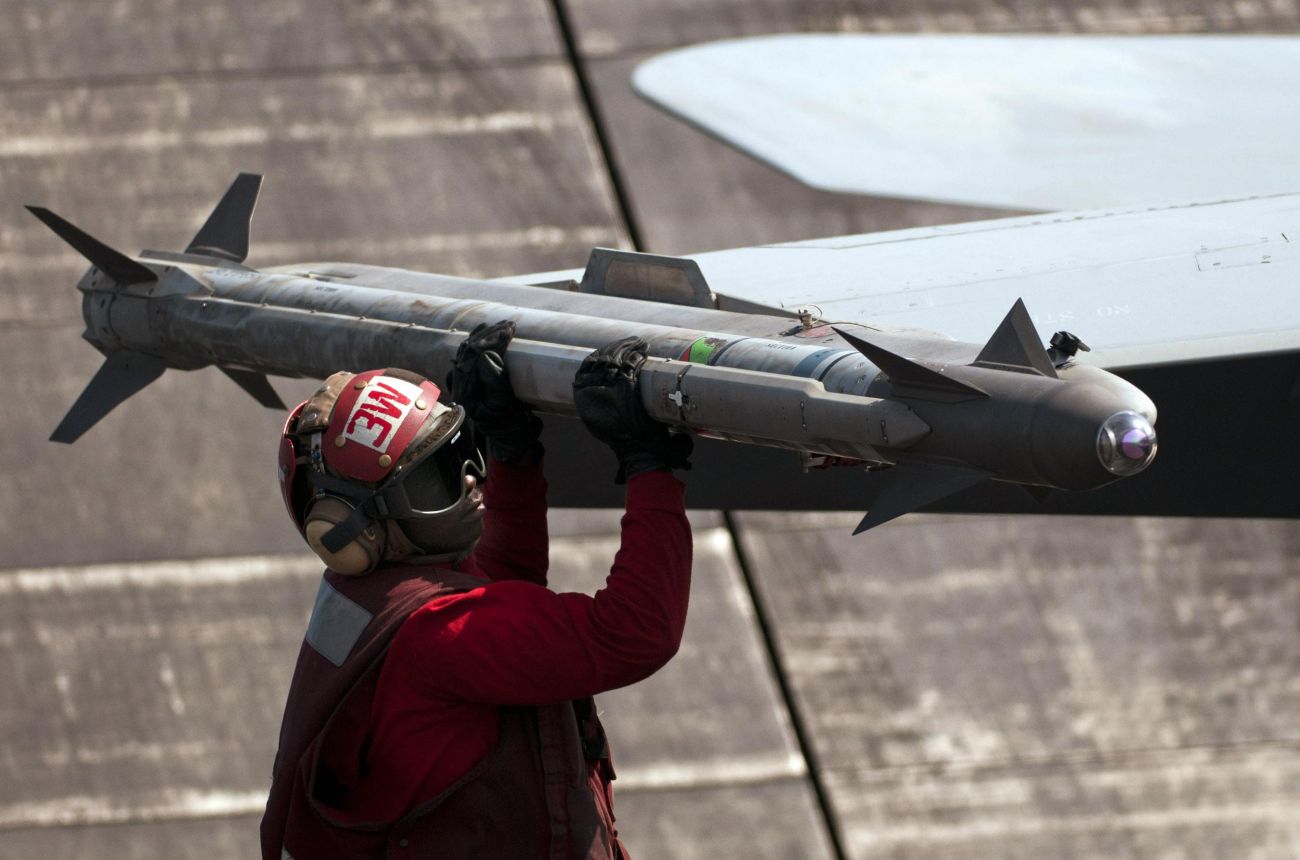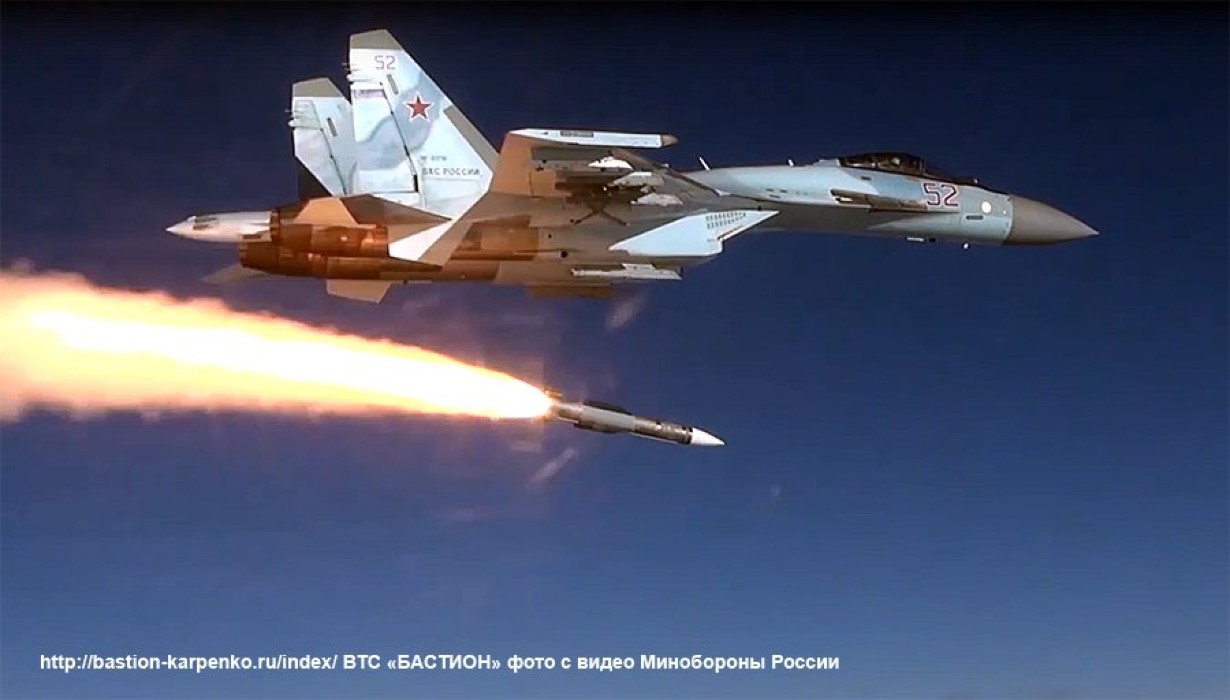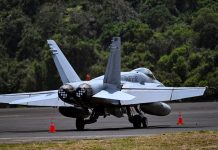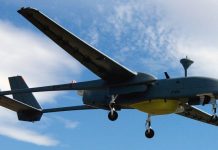Air-to-air missiles (AAMs) are fundamental to air dominance. They are the primary weapons in air-to-air combat and have been so since the beginning of the Vietnam War. From close-range dog-fights to beyond visual range (BVR) air battles, AAMs have come a long distance.
However, China’s recent claim of developing a hypersonic AAM with a staggering 1,000 km ‘kill range’ can practically redefine air warfare and compel the Air Forces of enemy countries to stay grounded during conflict situations.
For instance, when operationalized, Chinese combat jets can hit any airborne aircraft anywhere in Taiwan and even in some parts of Japan without even crossing the Chinese airspace.
For perspective, this range is around five times the range of Meteor, one of the most advanced AAMs in the world. This range is also more than double that of the longest-range AAMs in the US Navy, such as the AIM-174B, which has a reported range of 400 km, and the Russian R-37M, which also has a reported range of 400 km.
Even China’s longest-range AAM, as of now, is the PL-17, with a reported range of 400 km.
Thus, the under-development Chinese hypersonic AAM can not only transform aerial combat doctrines and operational planning, but also has the potential to decisively tilt the balance of power in the Indo-Pacific in Beijing’s favour.
To understand how the capability of AAM can redefine aerial warfare and force adversary countries to modify their war doctrines, we must examine the evolution of AAMs over the last six decades.
After F-35-Rafale Clash, France Challenges American Patriot SAMs; Can It Outdo U.S. AD Systems?
The Evolution Of AAMs
Work on developing AAMs started shortly after the Second World War at the Naval Ordnance Test Station (NOTS) at Inyokern, California (now called the Naval Air Weapons Station).
The first AAMs became operational in the second half of the 1950s. In 1956, the US became the first country to induct an AAM, the AIM-9 (Air Interceptor Missile), into its Air Force. It used infrared (IR) homing; the missile’s seeker head detected and followed the heat signature from an aircraft’s engine exhaust.
The early version of AIM-9B used a lead sulfide (PbS) detector, which was sensitive to heat signatures. The missile operated in a fire-and-forget mode, which freed the launching aircraft, providing it with operational flexibility.
Though revolutionary for its time, the AIM-9B still suffered from significant limitations.
For instance, since it detected and followed heat signatures from an aircraft engine’s exhaust, it could lock onto targets only from the rear aspect (tail-on), where the heat signatures of an aircraft were most prominent.
Furthermore, the missile did not work very well in humid or rainy conditions. It had an operational range of 2 to 4.8 km.
The Soviet Union followed quickly with its K-5, which entered service in 1957. It used a rudimentary form of radar guidance. The missile did not have its own onboard radar seeker; it relied on the aircraft’s radar to illuminate the target and follow it. This meant that the aircraft launching the missile had to keep the target locked even after launching the missile, making it vulnerable to counter-missile fire.
The advent of AAMs quickly changed aerial warfare.
China Gets Its Hands On AIM-9B
A notable incident occurred in 1958, marking the first combat use of an AAM.
In 1958, during the Second Taiwan Strait Crisis, the Taiwanese (then the Republic of China) Air Force’s F-86 Sabre fighter jets shot multiple AIM-9B Sidewinder missiles. At least one Chinese MiG was shot down.

However, one Sidewinder hit an enemy jet but failed to explode. The pilot returned safely to base with the missile embedded in his fuselage and eventually turned it over to the Russians, who, after some careful study, released their own version of the AIM-9 in 1961 as the Vympel K-13.
How AAMs Dictated The 1965 Indo-Pak War
The Indian Air Force (IAF) started inducting MiG-21s into service in 1963. These MiGs were armed with the Soviet K-13 missiles.
Just two years later, in 1965, the India-Pakistan war broke out. At that time, the Pakistan Air Force (PAF) operated the F-86 Sabre and the F-104 Starfighter, both of which were equipped with AIM-9B Sidewinder missiles.
The PAF had a clear advantage in terms of AAMs. The Soviet K-13 was still in its evolutionary stages and was no match for AIM-9B.

“During the 1965 war, that difference proved decisive. The Pakistan Air Force scored at least three confirmed missile kills, fundamentally altering the tactical calculus. Even though some sources cite a smaller number of missile-equipped Sabres, Indian pilots had to assume every one did. The missile had introduced an element of doubt that no amount of pilot skill could entirely overcome,” writes IAF historian Angad Singh.
The 1965 India-Pakistan War proved that an advantage in AAMs could prove decisive in an aerial battle.
The Advent Of BVRs
Gradually, longer-range AAMs made their presence felt. Most of the AAMs today are of the BVR category.
The European Meteor and the American AIM-120D have an operational range of nearly 200 km. The Chinese PL-15E (export variant) also has an operational range of 200 km. However, the PL-15’s domestic version has a claimed range of up to 300 km.
Furthermore, the Russian R-37M and KS-172, the Chinese PL-17, and the American AIM-174B all have ranges in the ballpark of 400 km.
The Russian R-37M has become a significant factor in the ongoing Ukraine War, where it has many kills to its name. In July 2024, a Russian Su-35 reportedly shot a Ukrainian MiG-29 at a record distance of 213 km, proving its worth in aerial combat.
These are some of the longest-range operational BVR AAMs as of today. However, China is about to disrupt the very concept of air combat and air dominance with its 1000-km range AAM.

The 1000-km Range AAM
Earlier this year, Chinese scientists announced the final tests of a new hypersonic missile, with a range of 800-1000 km, an air-to-air missile with an unprecedented range.
According to Chinese media reports, heat-resistance testing has been conducted within an extreme Mars mission tunnel, testing its resistance under high friction and extreme temperatures.
Apart from the unprecedented range, the missile’s speed is another concerning factor, as it could travel at hypersonic speeds.
“In a simulated air combat exercise conducted in 2023, scientists with the Northwestern Polytechnical University armed a Chinese sixth-generation fighter with an ultra-long-range missile that was able to climb to the edge of the atmosphere and come down to an aircraft at hypervelocity,” the South China Morning Post reported.
The report warned that the speed of the under-development missile means that no US aircraft could escape it.
“In the US military, neither the B-21 nor widely used large air platforms such as warning aircraft and tankers can reach the speed of sound. Even the powerful F-22 can only accelerate to about Mach 2, making an escape difficult,” it said.
Is U.S. Ceding Asia To China’s Ambitions? Will State Department’s Cuts Boost Beijing’s Global Clout?
Commenting on the new Chinese missile, well-known defense analyst Patrícia Marins said, “It seems that the Chinese missile will be a game-changer, not only due to its range—twice that of the Russian KS-172/K-100/R-37M missiles, which have ranges of up to 200-400 km—but also because it has a range four to five times greater than Western missiles.”
Marins further said that since most of the combat aircraft radars have a detection range of less than 400 km, it’s likely that the target acquisition for these missiles will be conducted by Chinese stealth and high-altitude drones, which can conduct continuous reconnaissance and surveillance over areas of hundreds of thousands of square kilometers at a time, performing wide-area searches for theater-level units.
The missile is still in the testing phase, and the Chinese have a habit of exaggerating the capabilities of their under-development platforms. However, if the Chinese claims are true, then this missile could give Beijing a significant capability advantage, putting both Russians and Americans in a difficult position.
- Sumit Ahlawat has over a decade of experience in news media. He has worked with Press Trust of India, Times Now, Zee News, Economic Times, and Microsoft News. He holds a Master’s Degree in International Media and Modern History from the University of Sheffield, UK.
- VIEWS PERSONAL OF THE AUTHOR.
- He can be reached at ahlawat.sumit85 (at) gmail.com




